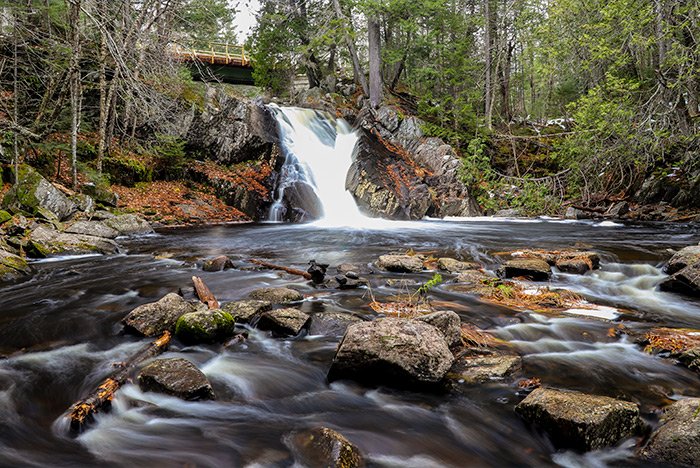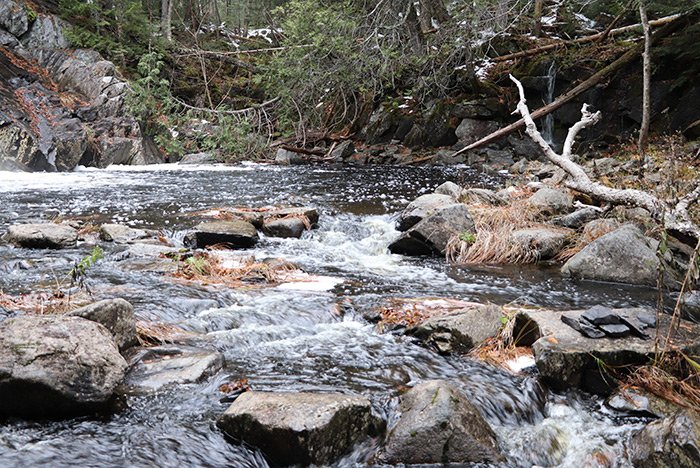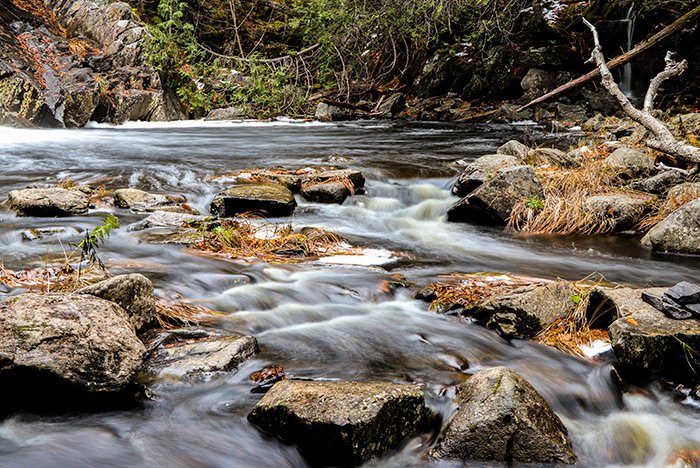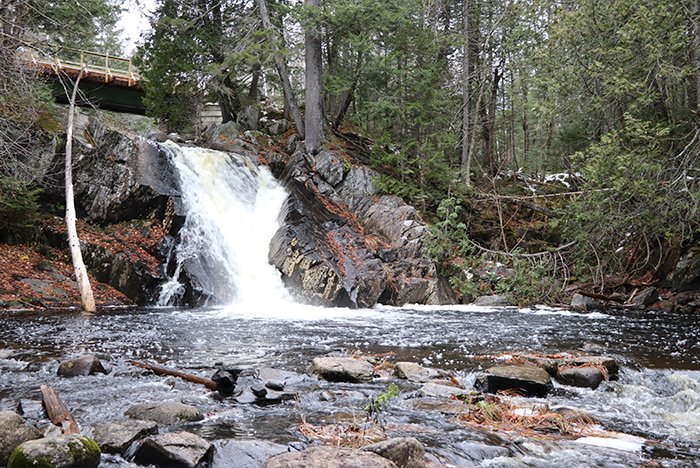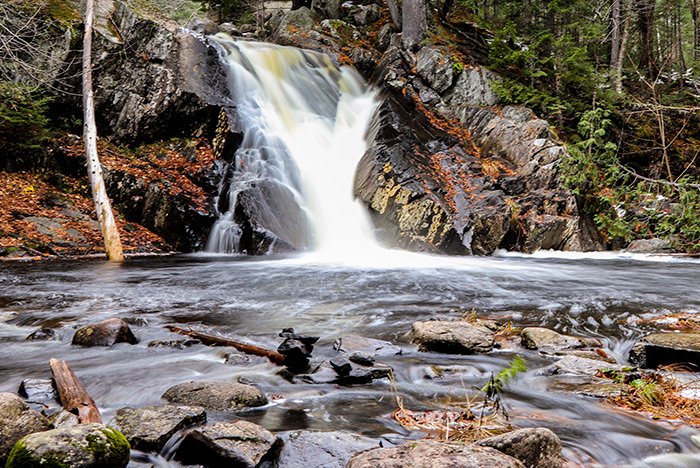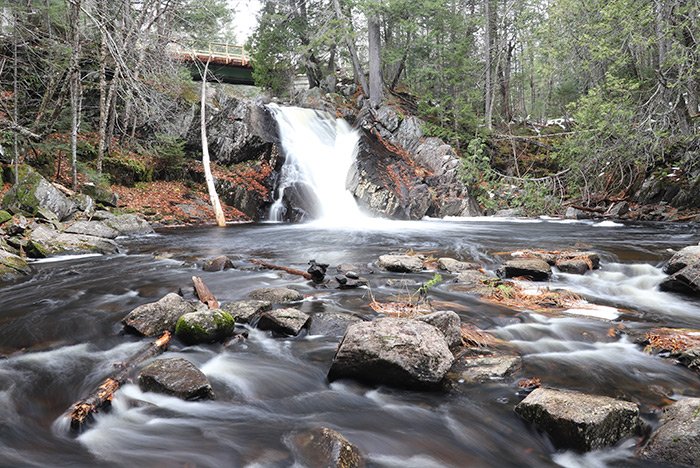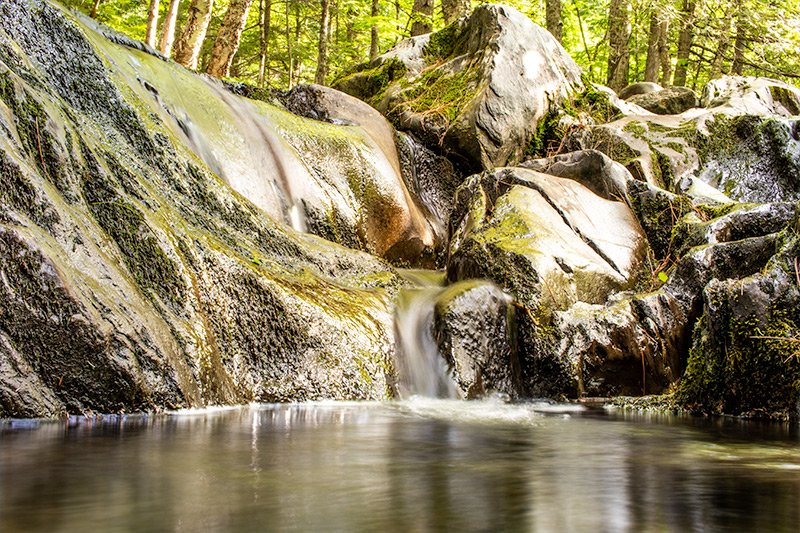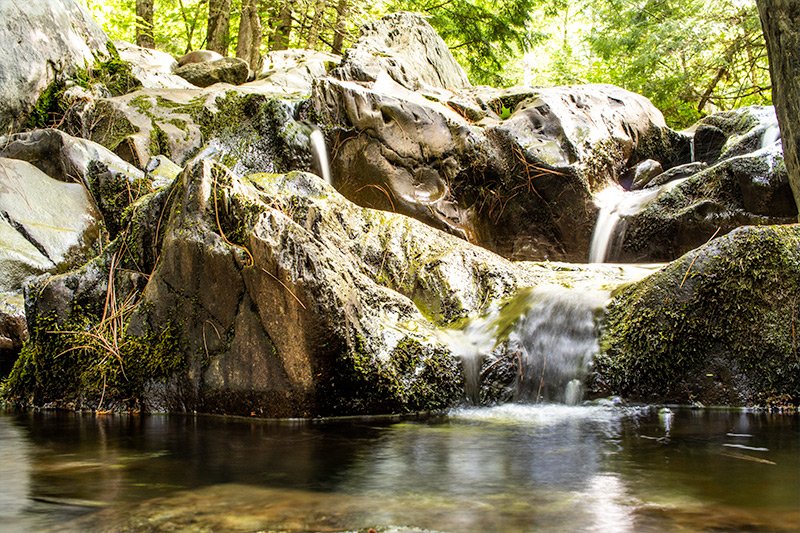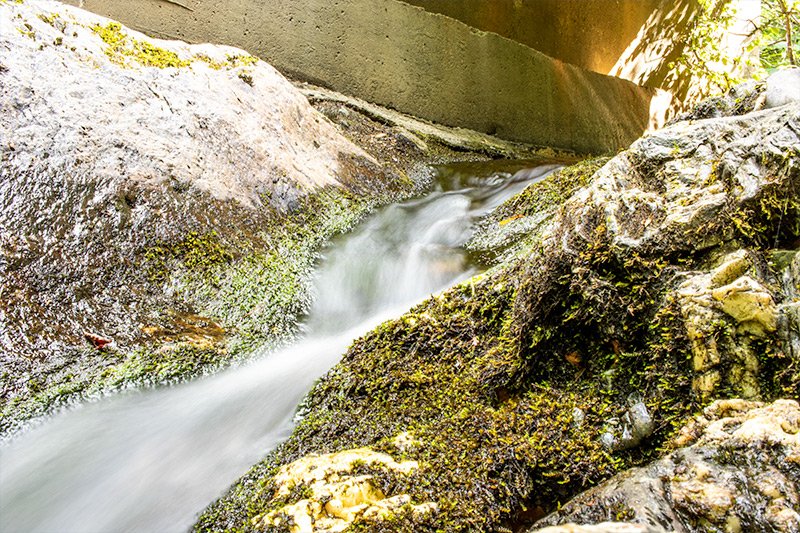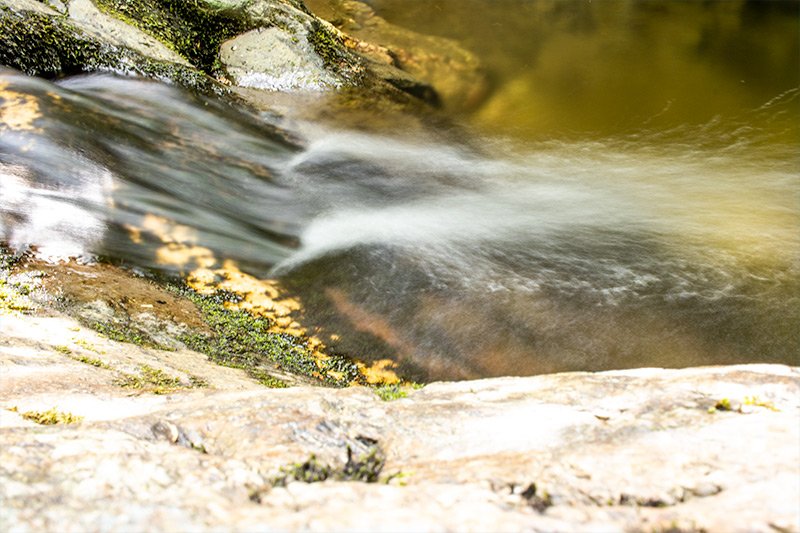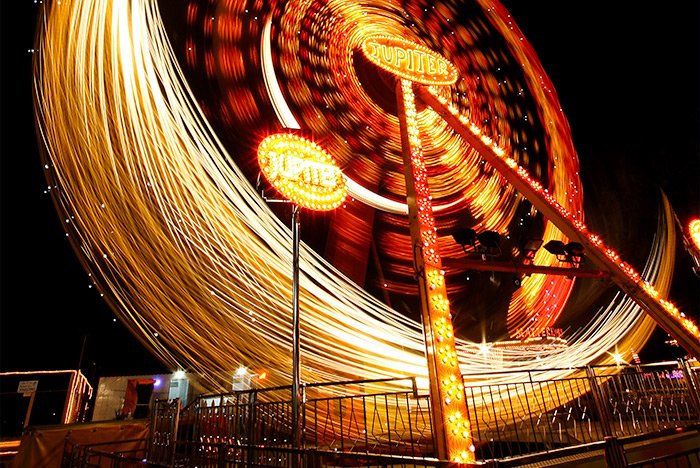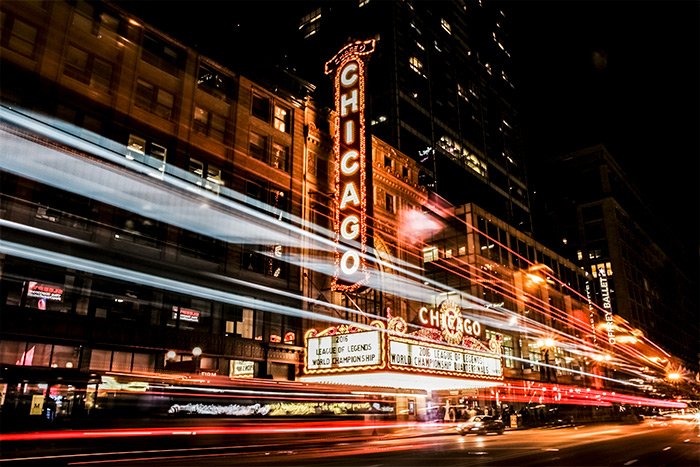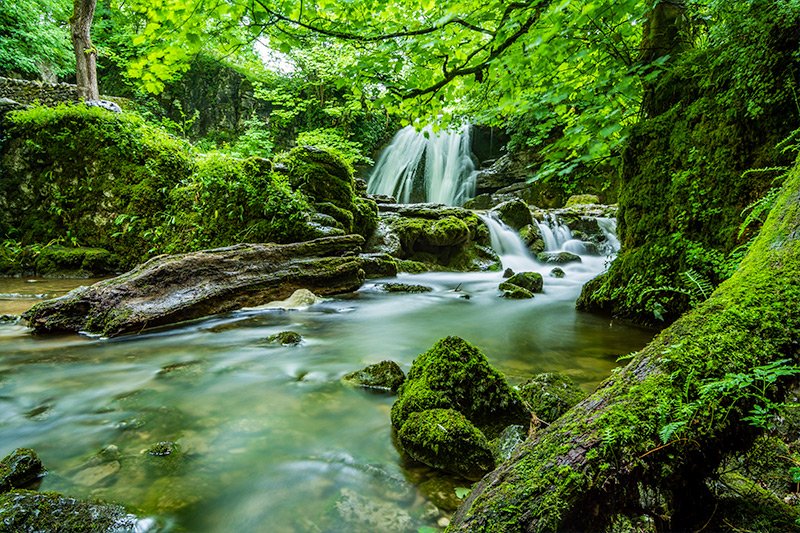CaptainDan
Member
- Joined
- May 9, 2021
- Messages
- 113
- Reaction Score
- 0
- Points
- 16
- #1
In my opinion, one of the best and easiest ways to make regular photos come alive is to extend the exposure time of your camera. You could have 100 photographers take a normal photo of the same thing and you'd be left with 100 identical photos. If you had each photographer increase their camera's shutter speed to their own liking though and then have them take the same photo, you'd have 100 unique images. It's magical what a bit of fiddling with a camera's settings can do.
I've written about this topic before. The instructions I've given over the years. can actually be applied to any time lapse photo that's taken during the day. The only gear you'll need is a neutral density lens filter, a tripod and a DSLR camera or the equivalent that can have its shutter speed adjusted. This is a quick demo shot of one of the scenes I visited recently.
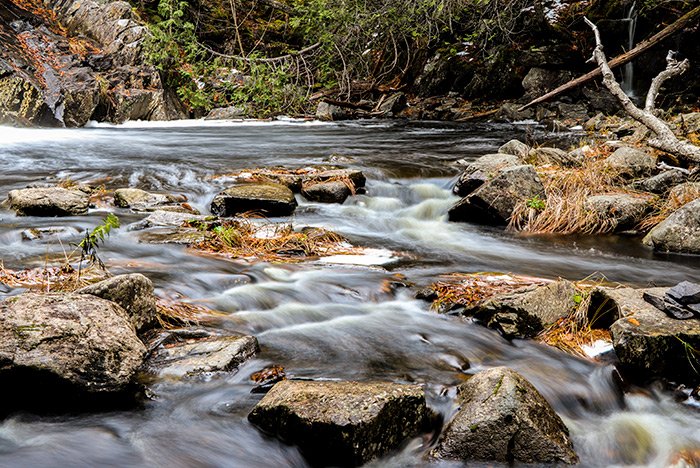
Notice how the water is silky smooth? My camera was in Shutter Priority Mode during this photo and I set the shutter speed to two seconds. Every other setting was made by the camera. Again, I used a +8 neutral density (ND) filter to keep the photo from being overexposed and a tripod to keep the camera in place. I suppose I could have used a remote shutter button as well, but I didn't. I think everything else in the shot is clear enough.
I wanted to give a brief summary of my previous posts. Some instructions to take a time lapse photo, if you will. Here goes...
- Attach a strong enough ND filter to the end of your lens. You might also want to experiment with different strength filters. You can purchase these rather inexpensively online. I have a set that came with three different strengths and they all come in handy. I used the strongest one for this photo shoot.
- Mount your camera on a tripod in the correct position to capture the best photo.
- Set your camera to Shutter Priority (Tv) mode.
- Set your camera's shutter speed to anything between one and four seconds. I found these worked best for the lighting conditions at our location. You'll need to experiment with these times as well. One second gave me nice smooth movement, but four seconds gave me much more silky water.
- Press the shutter button to take the photo.
That's pretty much it. So next time you head out with your camera to take photos, be sure to bring along your lens filters and your tripod because you never know if there will be moving elements in your scene. By capturing a time lapse photo, you can completely transform whatever it is you're taking a picture of.
I've written about this topic before. The instructions I've given over the years. can actually be applied to any time lapse photo that's taken during the day. The only gear you'll need is a neutral density lens filter, a tripod and a DSLR camera or the equivalent that can have its shutter speed adjusted. This is a quick demo shot of one of the scenes I visited recently.

Notice how the water is silky smooth? My camera was in Shutter Priority Mode during this photo and I set the shutter speed to two seconds. Every other setting was made by the camera. Again, I used a +8 neutral density (ND) filter to keep the photo from being overexposed and a tripod to keep the camera in place. I suppose I could have used a remote shutter button as well, but I didn't. I think everything else in the shot is clear enough.
I wanted to give a brief summary of my previous posts. Some instructions to take a time lapse photo, if you will. Here goes...
- Attach a strong enough ND filter to the end of your lens. You might also want to experiment with different strength filters. You can purchase these rather inexpensively online. I have a set that came with three different strengths and they all come in handy. I used the strongest one for this photo shoot.
- Mount your camera on a tripod in the correct position to capture the best photo.
- Set your camera to Shutter Priority (Tv) mode.
- Set your camera's shutter speed to anything between one and four seconds. I found these worked best for the lighting conditions at our location. You'll need to experiment with these times as well. One second gave me nice smooth movement, but four seconds gave me much more silky water.
- Press the shutter button to take the photo.
That's pretty much it. So next time you head out with your camera to take photos, be sure to bring along your lens filters and your tripod because you never know if there will be moving elements in your scene. By capturing a time lapse photo, you can completely transform whatever it is you're taking a picture of.

